
$66,210.52
Day Change:
-0.01%
Bitcoin (BTC)
Bitcoin (BTC) was created as the first decentralized peer-to-peer digital currency by a mysterious figure known as Satoshi Nakamoto. The Bitcoin Network is supported by blockchain technology, where participants send and receive the network's native currency - bitcoins. All transactions are verified by network nodes, also called miners. These transactions are then recorded on the blockchain, which acts as a publicly distributed ledger. Since 2014, over 100,000 merchants accept payment made with bitcoin, including companies such as PayPal and Microsoft. Because there are no intermediaries, such as a bank or credit card company, merchants and users enjoy lower fees when paying with bitcoin.
Bitcoin Price Chart
- Month
- 3 Months
- 6 Months
Bitcoin Historical Data
Bitcoin Price on Different Markets
Bitcoin Price Analysis
Bitcoin market update 27 June 2019
Bitcoin / BTC continues to tank this morning. For those who have been following the markets you know that we saw an explosive bull rally up to a new 12 month and 2019 high of $13,970.00, to a low just set of $10,680.04 on Binance. I expected there to be profit pulling, but this is a serious dump. Currently we see it struggling to breakout and hold above $11,000.00 again. We have strong resistance between $11,250 to $11,500 zones.
More examples of the extreme volatility in these markets and why it's so important to control your emotions. Not only did this extreme movement cause some exchanges to experience outages, but also cryptophoria set in and lots of FOMO buying created a catalyst/setup that when large profit pulls happened panic set in and we're seeing a perfect example of panic selling. A lot of smaller accounts got wiped out and those that had some profit are trying to preserve what they had and pull out.
Please be careful, it's best to wait it out and see where this lands.
Here we’re looking at 30M, 1H, 6H, and daily 06/26 and 06/27/19 bitcoin price charts, using the moving averages and MACD indicators:
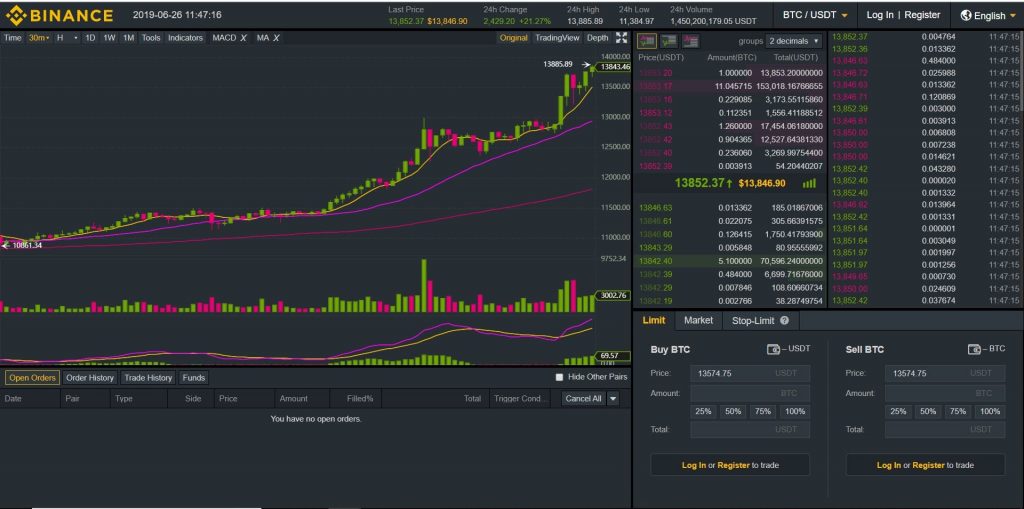
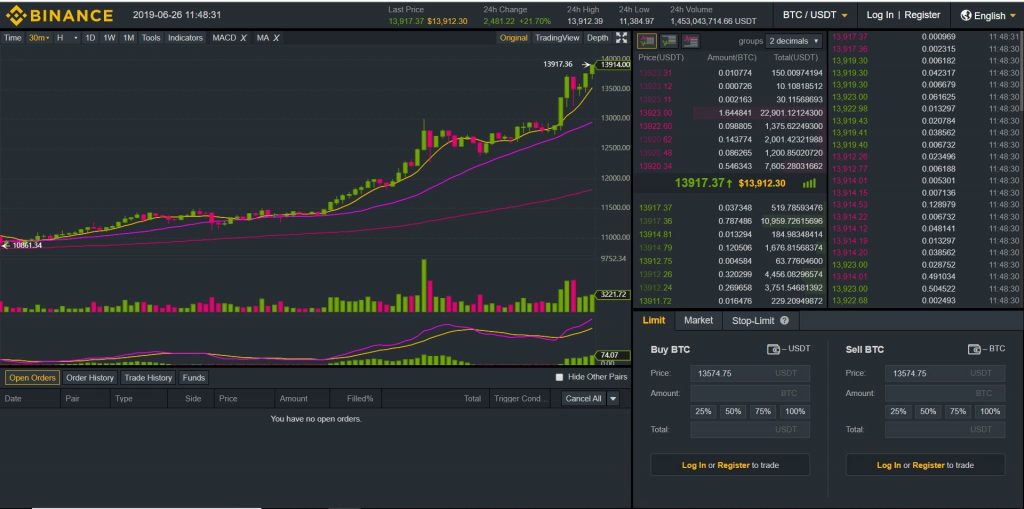
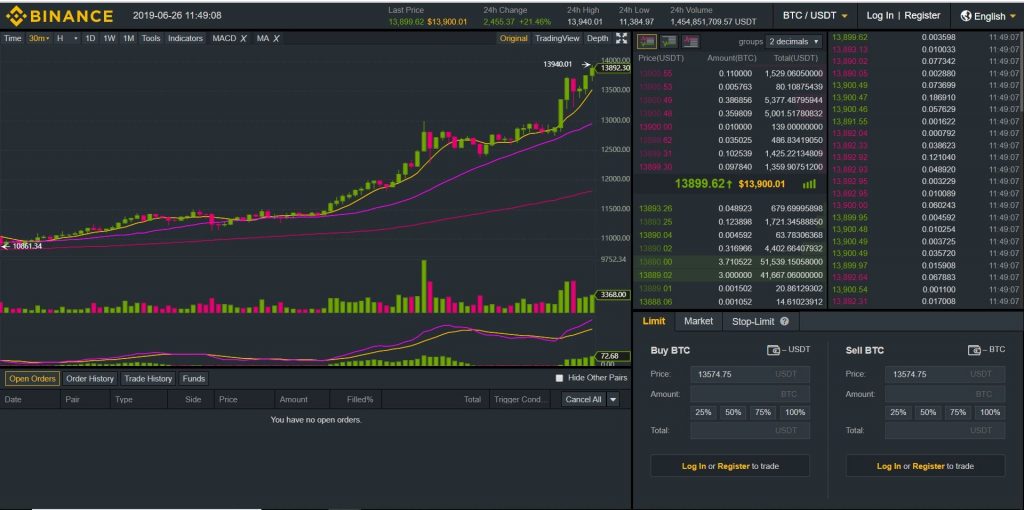
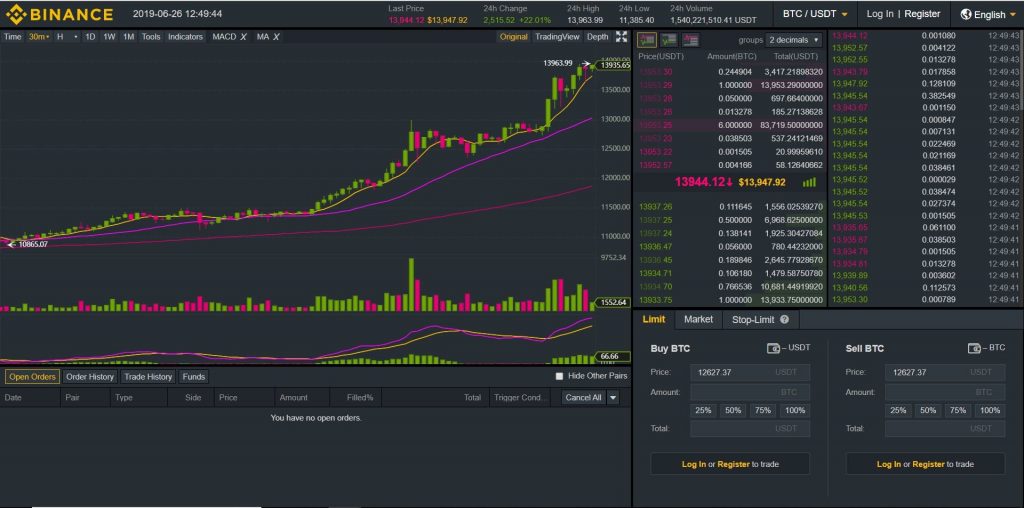
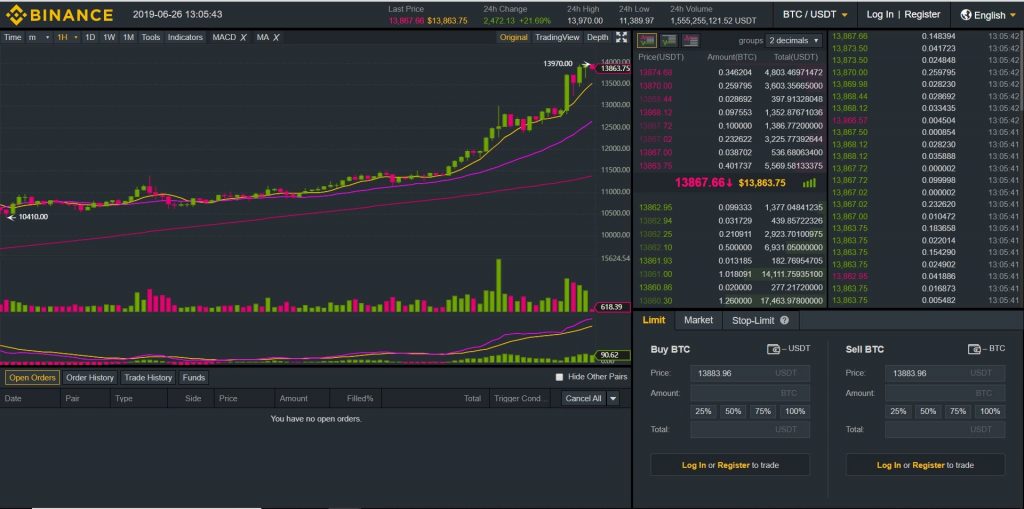
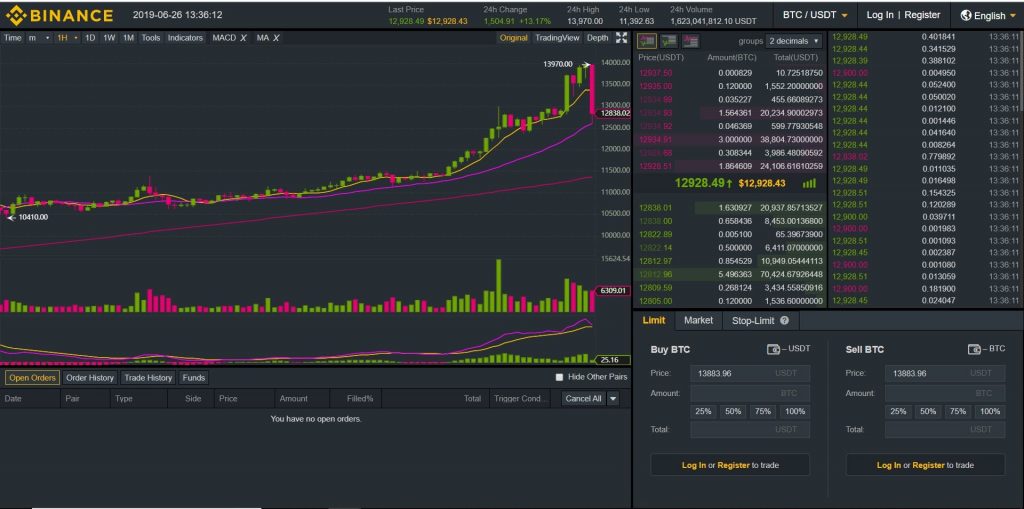
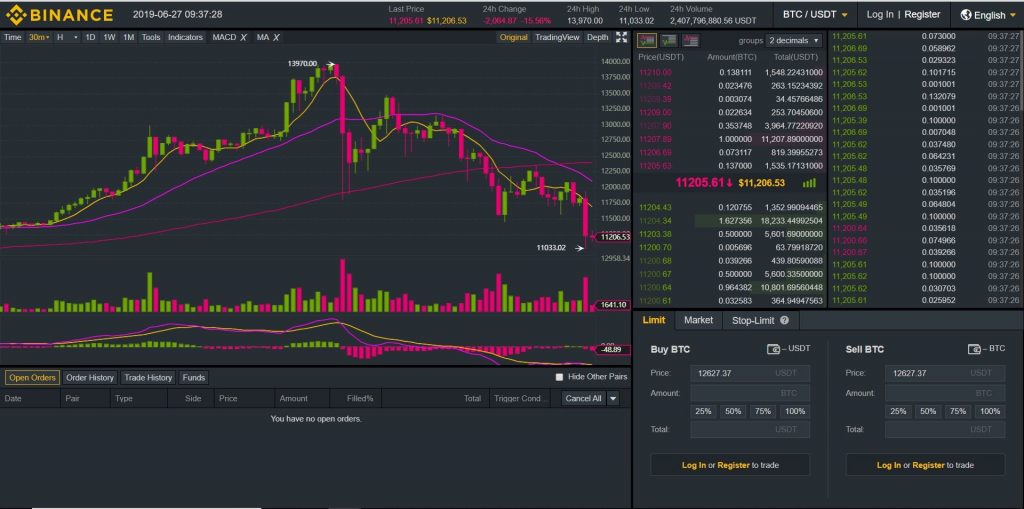
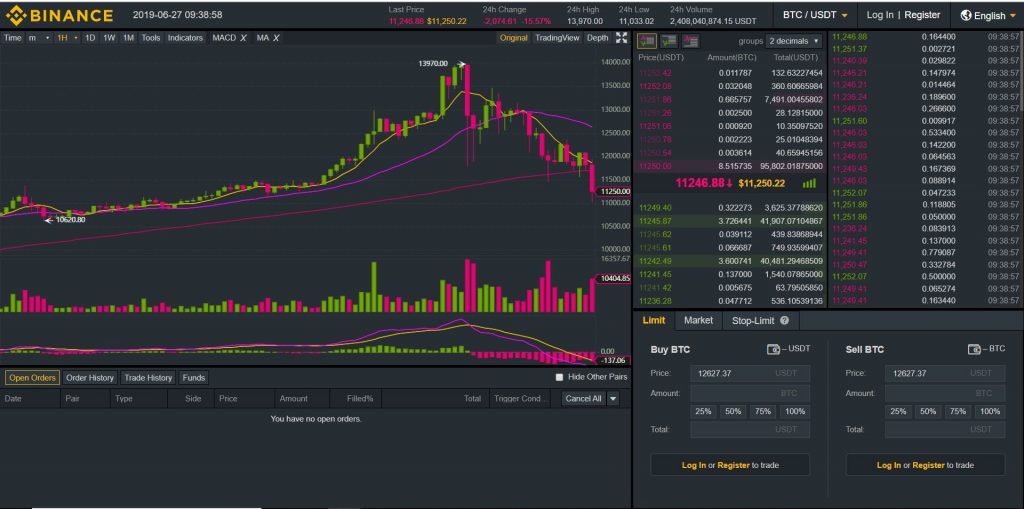
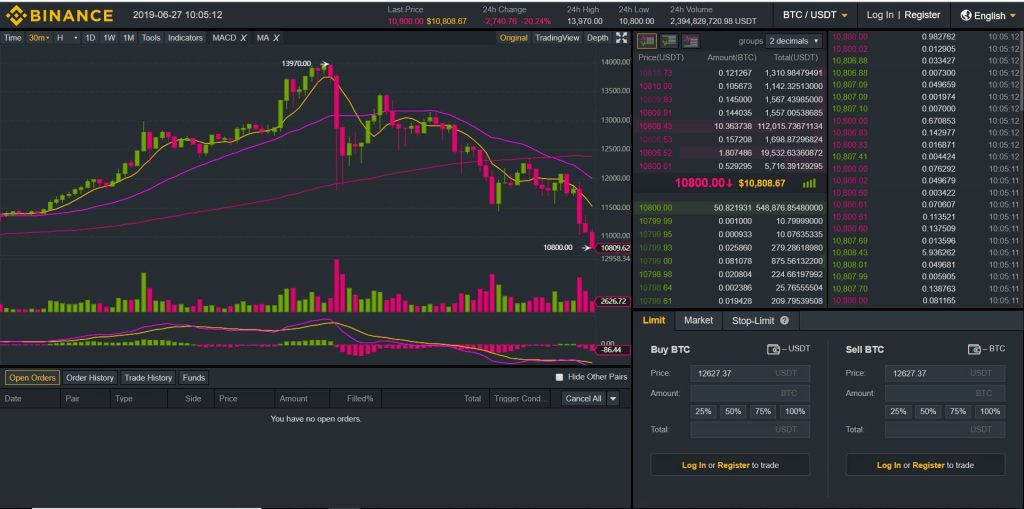
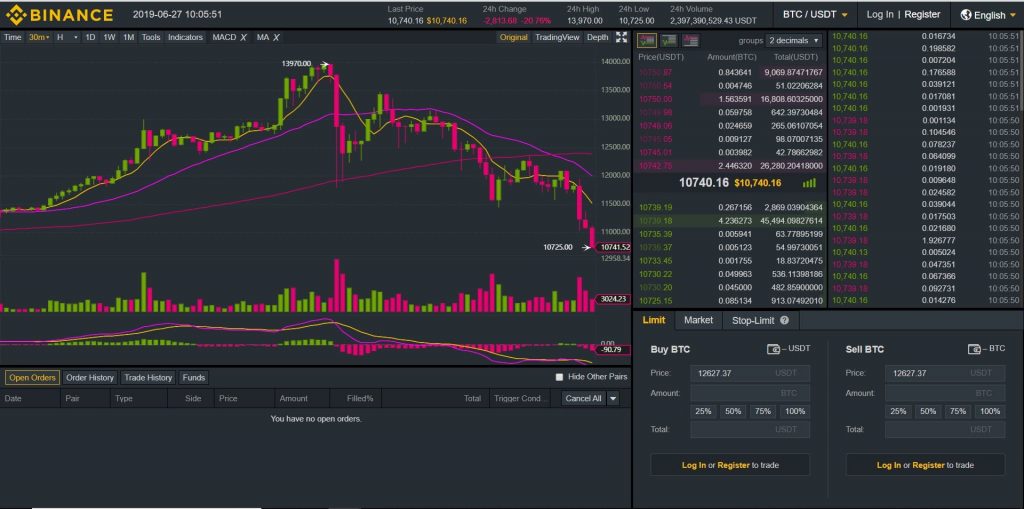
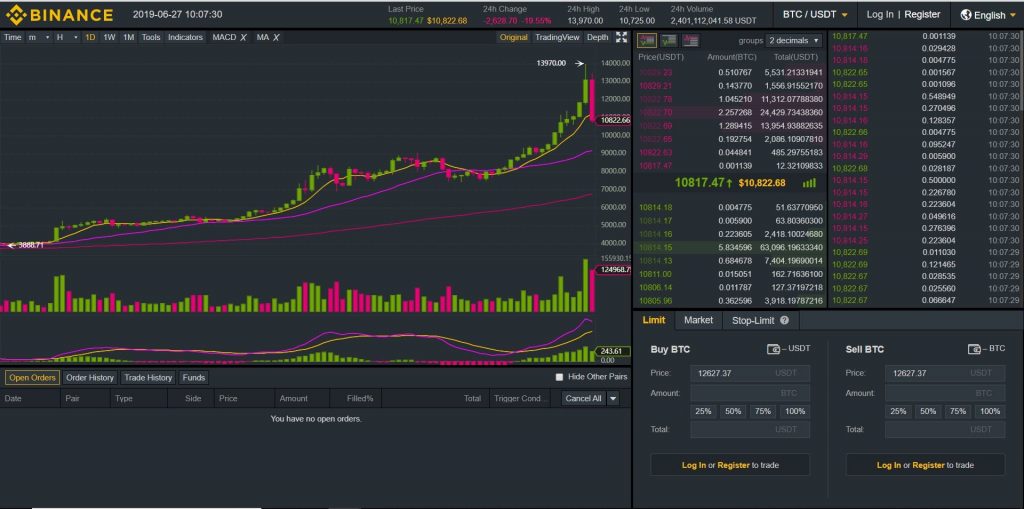
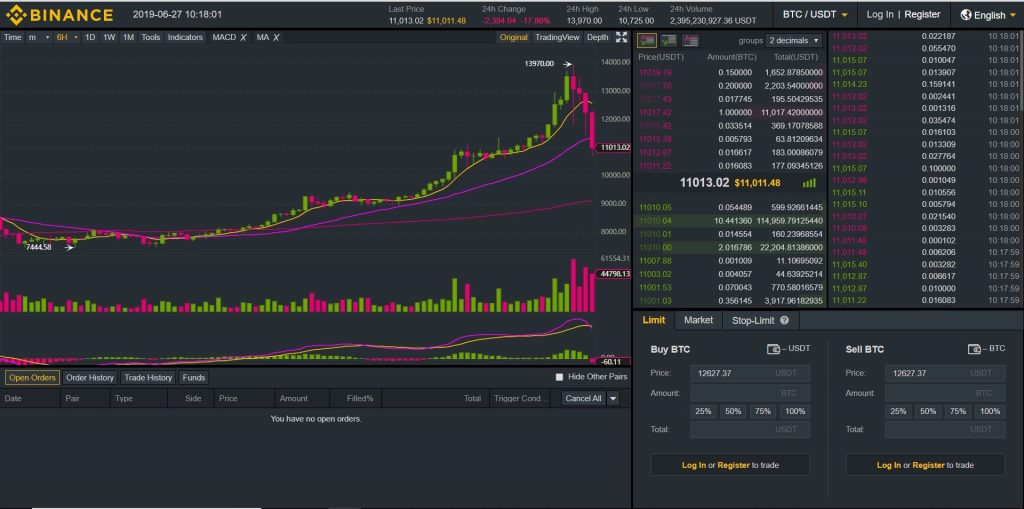
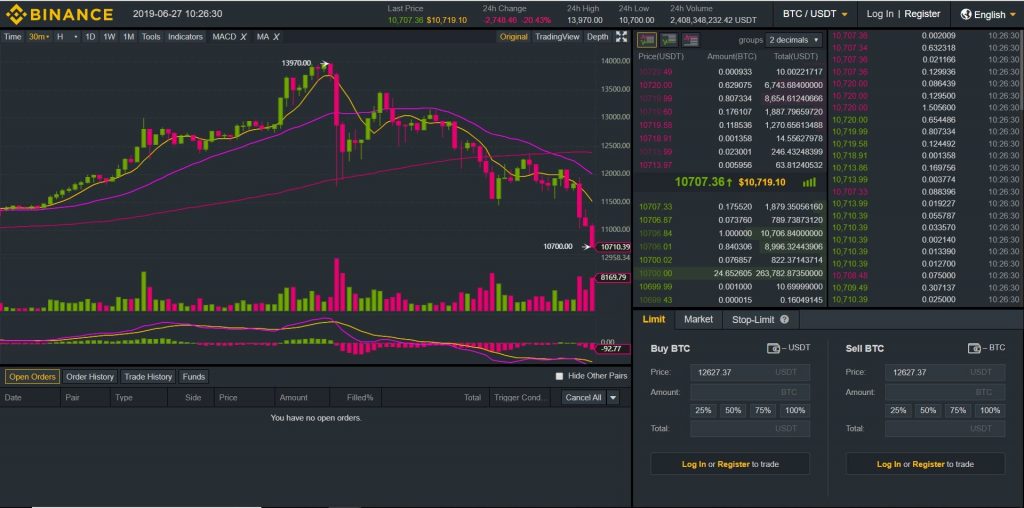
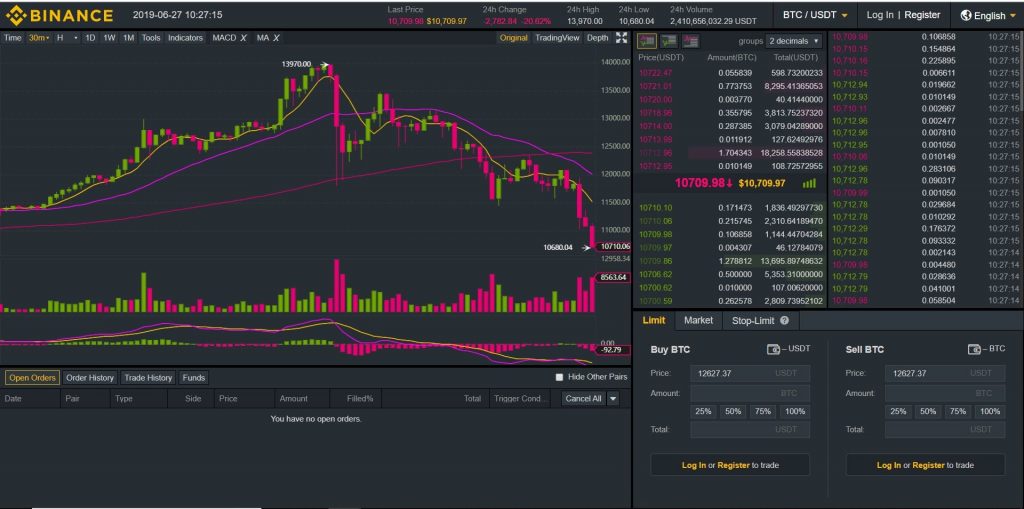
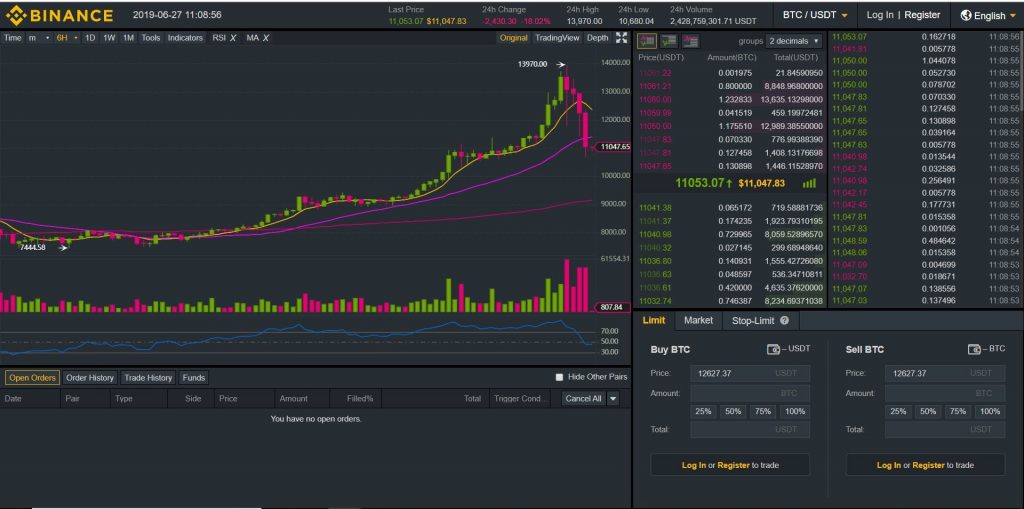
Price analysis provided by Ezio Van Horst of Alt Trading Systems. Connect with the author on LinkedIn.
More examples of the extreme volatility in these markets and why it's so important to control your emotions. Not only did this extreme movement cause some exchanges to experience outages, but also cryptophoria set in and lots of FOMO buying created a catalyst/setup that when large profit pulls happened panic set in and we're seeing a perfect example of panic selling. A lot of smaller accounts got wiped out and those that had some profit are trying to preserve what they had and pull out.
Please be careful, it's best to wait it out and see where this lands.
Bitcoin price charts for the past two days
Here we’re looking at 30M, 1H, 6H, and daily 06/26 and 06/27/19 bitcoin price charts, using the moving averages and MACD indicators:















Price analysis provided by Ezio Van Horst of Alt Trading Systems. Connect with the author on LinkedIn.

